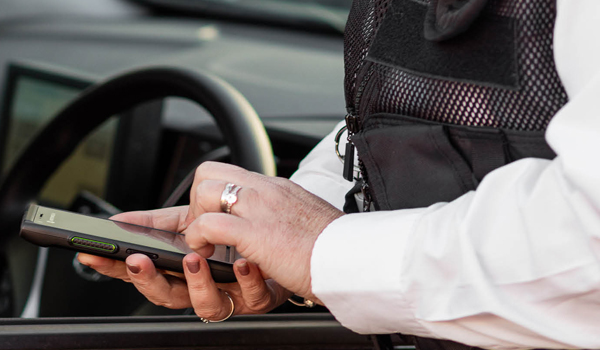New open standard launched to speed up emergency response
The Government has launched an open standard for emergency services aimed at improving the exchange of data between control rooms and speeding up response times.
The Government has launched an open standard for emergency services aimed at improving the exchange of data between control rooms and speeding up response times.
The Multi Agency Incident Transfer (MAIT) standard follows a six-year development project and a trial involving the emergency services, the Government Digital Service (GDS), the Department for Transport (DfT), local authorities and business process management company Capita.
James Findlay of the GDS and senior responsible owner for the MAIT said they had succeeded in delivering a standard which will transform the way emergency responders share information across, and between, organisations in the UK and will hopefully save lives by making telecommunications leaner and ultimately safer.
The MAIT schema, which grew out of the Direct Electronic Incident Transfer trial in Wales, makes it possible to send critical incident data securely to a number of emergency service organisations in a standard format.
Information goes into a hub and appears identical to fire, ambulance or police operators regardless of the command and control system or supplier used.
It is designed to speed up responses by preventing the need for the services to call one another when joint assistance is required, and improve the accuracy of the location data by allocating a unique property reference number (UPRN) to each incident.
The Cabinet Office said the trial in Wales involving the emergency services and Capita had shown significantly improved response times reducing 999 call times from four minutes to 16 seconds and that there would be a number of other benefits from the standards, relevant to incidents such as terror attacks, road traffic accidents and flooding.
These include streamlining the flow of incident information between agencies, allowing control centres to communicate in real-time and helping to form a common operating picture.
It should also help category 1 emergency responders to maintain their business continuity arrangements in line with the Civil Contingencies Act.
Mr Findlay, who is also technology lead for the DfT, said they were already looking at how they can support the wider international emergency service communities, either directly through their use of our standard for cross-border collaboration or through the lessons weve learnt during our journey in its development to support making their citizens safer.
More immediately, though, I am already looking at how the DfT can support its agencies British Transport Police, HM Coastguard and Highways England, along with British APCO (the UK-based association for professionals in public safety and civil contingencies communications and information systems) in the urgent adoption of the MAIT standard and the provision of MAIT hubs across the country, which will allow an accelerated adoption across emergency services in the UK.
Cabinet Office Minister Matt Hancock said: When we heard that some control centres would rely on fax machines to communicate with each other during an emergency situation, something had to be done.
Improving digital communications is a crucial step, and the valuable work, conducted by the Government in partnership with the emergency services will make a tangible difference across the UK in times of emergency or crisis.
HM Coastguard has also been involved in the project and its head of coastal operations, Charles Ball, said it was vital that we have a common standard and common procedure when dealing with our sister services.
This joined-up thinking is vital if we are to deliver safety and security to the British public and provide for people in need at sea and on land, he added.
The Government says the MAIT protocol is applicable to a range of users and is expected to cover the broad range of organisations defined by the Civil Contingencies Act 2004 as: category 1 responders, those most likely to be involved in the response to an emergency, such as the police service, ambulance trusts, fire and rescue services, local aut





